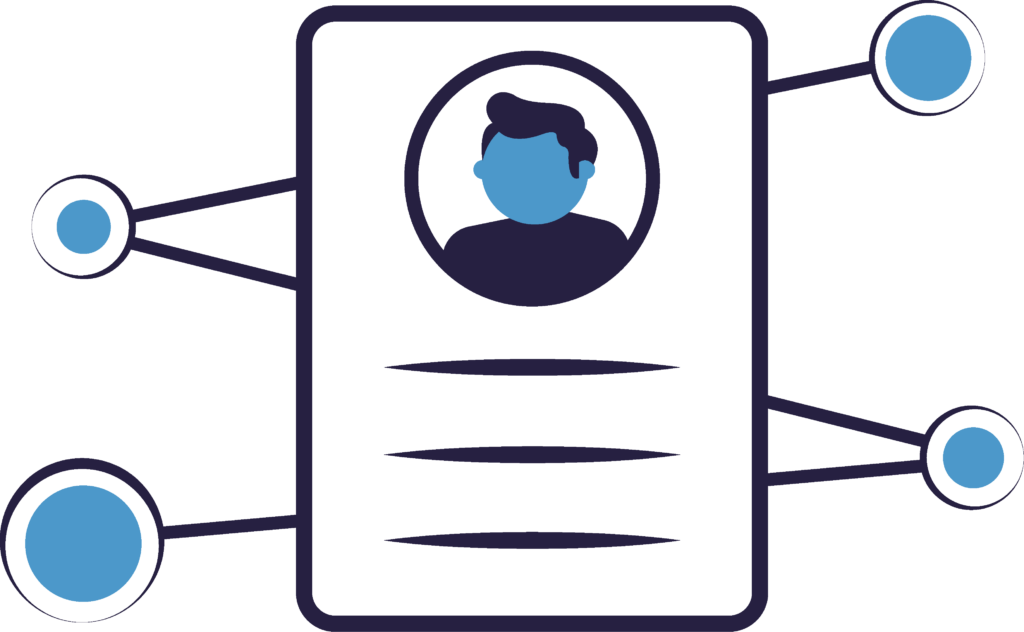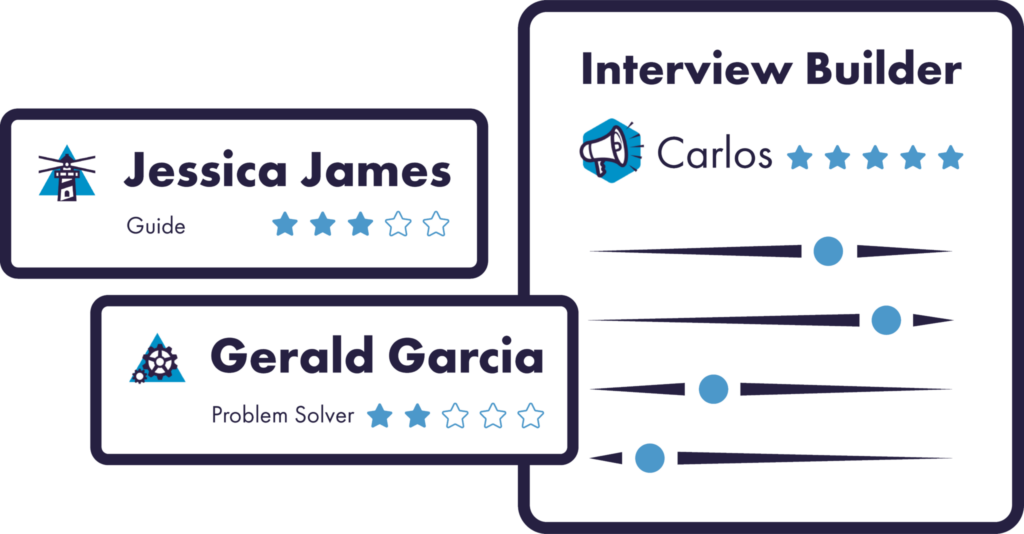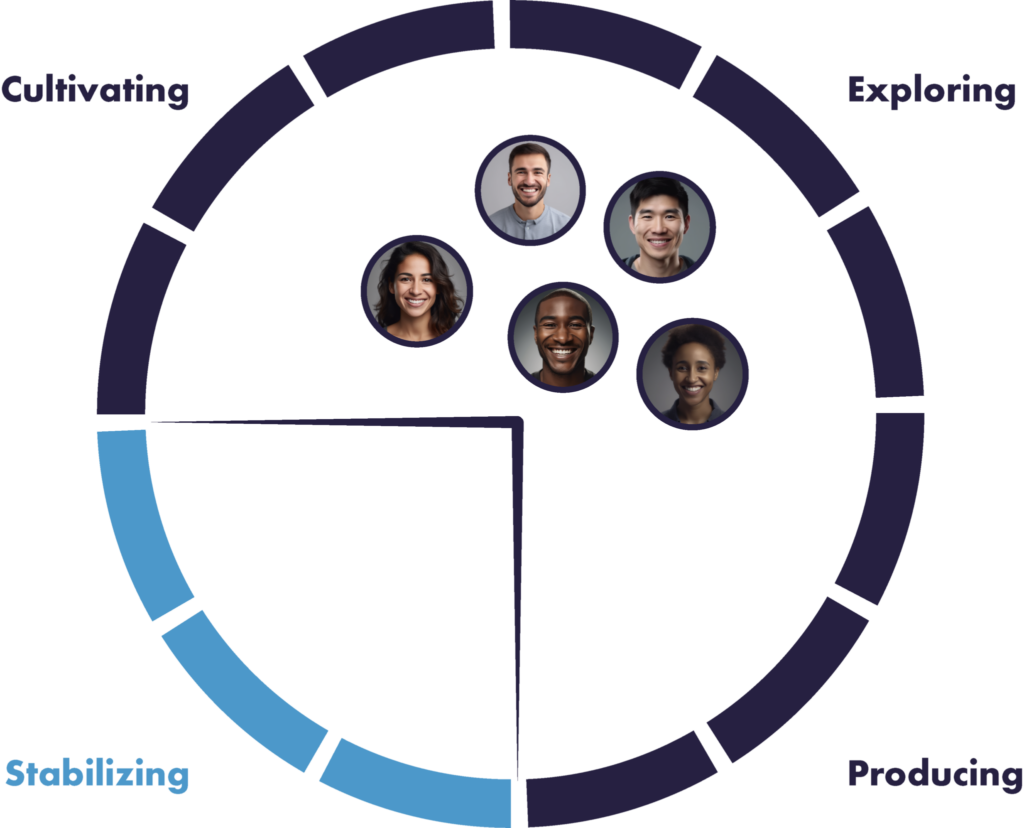
The PI Behavioral Assessment
From candidates to teammates, unlock any employee’s
potential with behavioral data.
It starts with an assessment. It ends with a productive and aligned workplace.
Employee behavior is a reflection of the unique ways you and your co-workers contribute to the team and organization. By understanding how these behaviors manifest day to day, you can take steps to accommodate your people’s needs, and improve your team as a whole.

65
years of science
37.5 million
assessments administered
383
validity studies completed

What does it measure?
Four behavioral drives provide a simple framework for understanding your employees’ and candidates’ workplace behavioral styles. The four drives collectively generate a profile that shows the extremes of each drive.
The PI Behavioral Assessment helps you apply behavioral data to a variety of initiatives
The choice of how and when to apply behavioral data comes down to what’s most critical to the success of your team.
Improve the hiring process.
When a hiring process just isn’t cutting it. Companies use the Behavioral Assessment to measure the behavioral competencies needed to thrive in the role, and zero in on candidates that hit the mark.
Try PI Hire

Empower managers and create leaders.
Any assessment can pinpoint management style, but PI brings the data to life to help bosses become groundbreaking leaders at every level. The behavioral assessment helps you gain greater visibility into how team members complement or conflict with one another.
Explore PI InspireMap out the perfect team for the job.
Struggling to find the right fit for an open role? Use PI to assess the behavioral competencies needed to thrive in the role, and zero in on candidates that hit the mark.

Common questions about the assessment
The PI Behavioral Assessment is an untimed, free-choice, stimulus-response tool that measures an employee’s natural behavioral drives and needs. It’s also far more than a personality test.
PI is your superpower: It lets you understand complex human behavior in six minutes or less—simply by answering two questions. Use the results to predict how individuals will behave in given situations, so you can make great hires, build winning teams, and more.
Those who take the PI Behavioral Assessment are presented with two questions, each pertaining to a single shared list of adjectives.
The first question asks assessment takers to select adjectives that describe the way in which they’re expected to behave at work. The second question, by contrast, asks them to select the adjectives they’d actually use to describe themselves.
Each adjective is associated with one of the four key factors that determine workplace behavior: dominance, extraversion, patience, and formality.
Once the survey is completed, assessment takers are assigned one of 17 Reference Profiles—a snapshot of the way they naturally think and work.
The PI Behavioral Assessment measures four key behavioral drives:
Dominance is the drive to exert influence on people or events.
Extraversion is the drive for social interaction with other people.
Patience is the drive to have consistency and stability.
Formality is the drive to conform to rules and structure.
These four drives, or “factors,” provide a powerful framework for understanding employee behavior within the workplace.
A behavioral assessment, true to its name, is a tool that measures a person’s natural behavioral tendencies.
Behavioral assessments originated during World War I as a means of measuring neurological stress in soldiers. Today, these assessments are used far more broadly to understand what makes people tick.
Within the workplace, a behavioral assessment is a powerful way to improve any organization’s odds of success. It’s proven to help hiring managers predict on-the-job success (especially when paired with an understanding of cognitive ability).
Beyond hiring, behavioral assessments can help managers build team cohesion, improve one-on-one communication, and create a culture of self-awareness.
With great data comes great responsibility. It’s incumbent upon hiring managers to select a behavioral assessment that is scientifically validated for hiring. It’s also critical that this assessment is administered fairly, and that it’s considered just one of many data points used to inform a hiring decision.
Otherwise, assessment administrators run the risk of hiring bias, as well as adverse impact.
Unlike other behavioral assessments on the market, the PI Behavioral Assessment has been certified by third-party reviewers as a valid, fair, and reliable tool to use when hiring.

10,000+ companies trust The Predictive Index
to make work better every day.
Get Paid For Your Feedback
Join our research program today and get paid for your feedback. Earn an Amazon gift card of up to $100 for each session you attend. You'll get a first look at what we're working on, and you'll get to influence and improve our website.
Join the Program Now